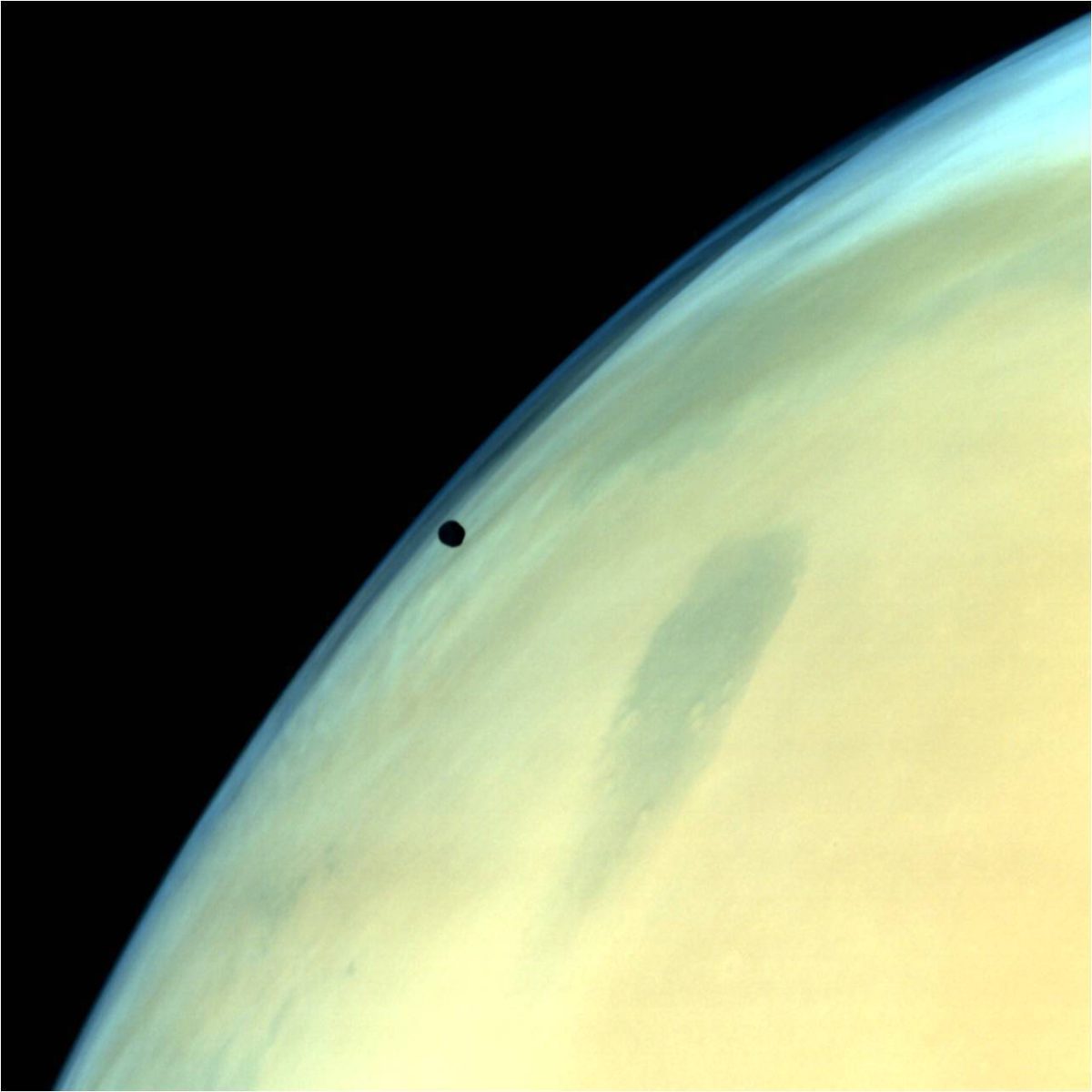Emily Lakdawalla • Mar 04, 2015
Mars Orbiter Mission Methane Sensor for Mars is at work
After several months of near-silence, ISRO's Mars Orbiter Mission has released on Facebook the first data product from its Methane Sensor For Mars. Don't get too excited about methane yet: the methane sensor data does not yet indicate the presence or absence of methane in the atmosphere. The excellent news here is that the Methane Sensor for Mars is working, systematically gathering data.
The map shows the reflectance of the surface of Mars in the methane sensor's reference channel, a wavelength in which atmospheric methane is transparent to infrared radiation. The data that underlie this map will eventually be compared to the methane sensor's other channel, a wavelength in which methane absorbs light, to attempt to map methane at the part-per-billion level in Mars' atmosphere.

At the same time, the mission posted on their newly redesigned website several new photos from the Mars Colour Camera, including this very fine one of Valles Marineris:
And this appears to be a much better-resolution version image from the series of Phobos images that I wrote about previously. I love the thin line of the Martian atmosphere in this view.

This oblique view of Arsia Mons is clearly a rendered product using a digital elevation model; they didn't indicate whether the digital elevation model was created from Mars Orbiter Mission data or uses other data sets (like Mars Orbiter Laser Altimeter data). I will ask to see if I can get more information!
Support our core enterprises
Your support powers our mission to explore worlds, find life, and defend Earth. You make all the difference when you make a gift. Give today!
Donate

 Explore Worlds
Explore Worlds Find Life
Find Life Defend Earth
Defend Earth



